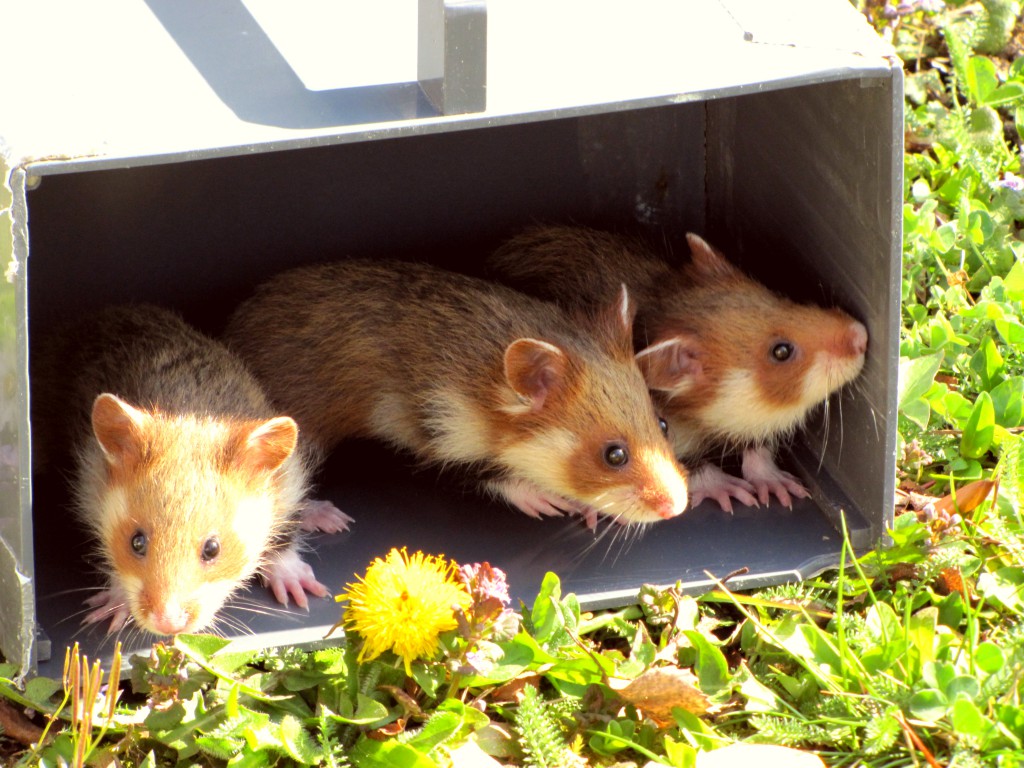
Classified as a “pest” because of damage it caused to crops when many hamsters were present, the European Hamster was trapped and hunted for a long time. In 1993, however, because of the sharp decrease in its population, it went from a “pest” to a “protected species.” As of this time, actions began to be put in place to mitigate the decline of this species.
From pest to threatened species
There are many causes to explain this quick drop, but the main ones are:
- The decrease in the area of favourable crop areas, which give a vegetative cover that protects the species against predators from April to October (active period);
- The homogenisation of the landscape;
- Urbanisation, which contributes to reducing the size of the territories where the European Hamster lives.
Why the European Hamster must be protected
The disappearance of this mammal is the result of a depletion in the Alsatian plain ecosystem. We can consider the European Hamster to be an indicator of the health of our biodiversity. This is what is called an umbrella species, meaning a species whose ecological needs are those of many other species.
By protecting the European Hamster, we also protect all the other animals that share its habitat!
Glossary
Biodiversity: Biodiversity, a contraction of biology and diversity, represents the natural diversity of living beings and their ecosystems. For over 20 years now, biodiversity has been considered as one of the key stakes in sustainable development.

